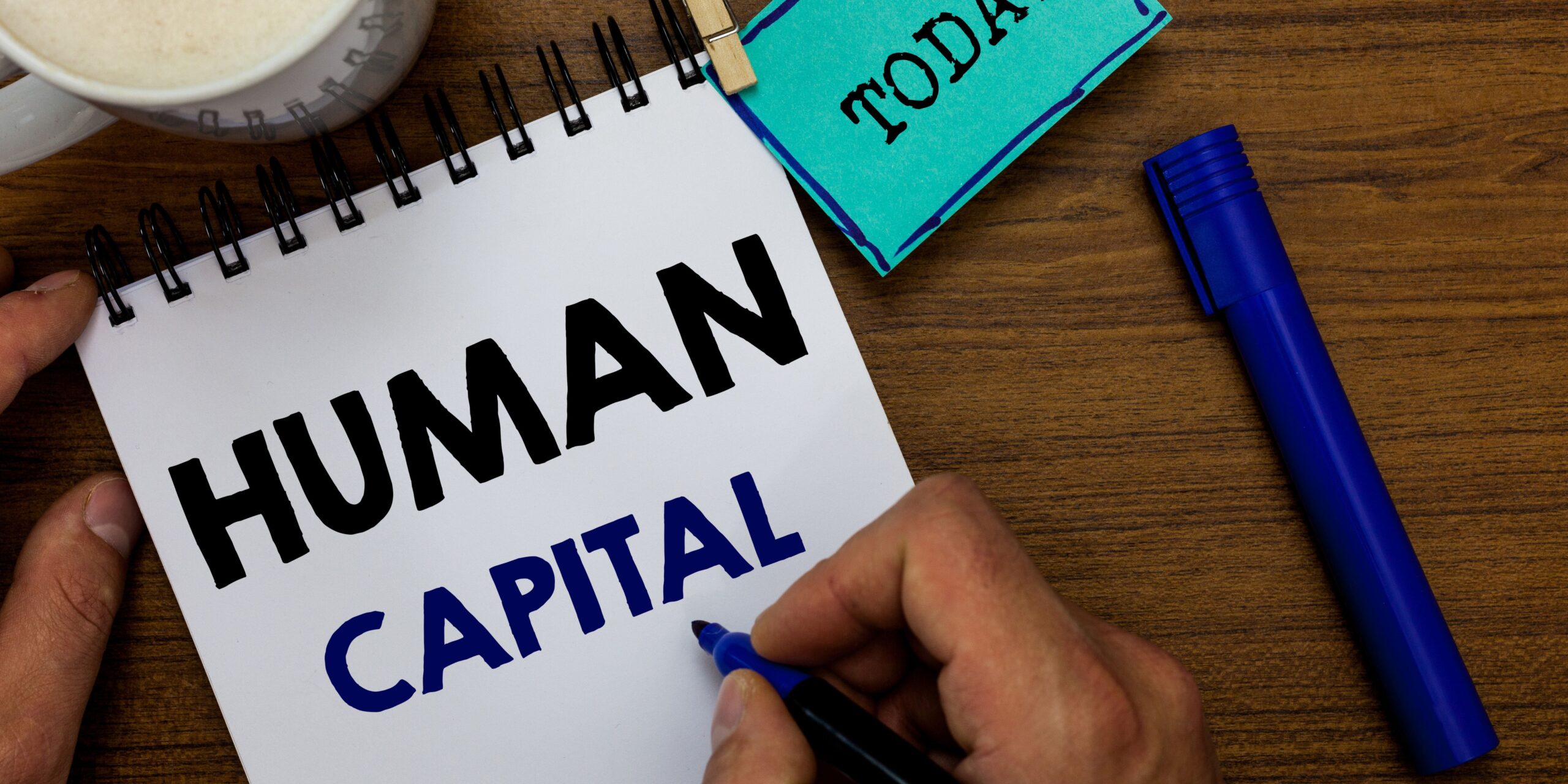This theory—derived from the work of Paul Watzlawick—addresses behavioral differences between individuals. It is a valuable tool for better understanding your conversation partner (and yourself), especially in a communication context.
Four main types of social styles are identified, based on two key axes: emotional expression and relationship to power.
The first axis, “emotional expression,” places individuals on a spectrum from more reserved (task-oriented) to more expressive (people-oriented).
On the second axis, “relationship to power,” a dominant character tends to seek power, whereas a compliant profile tends to respect established authority.
By combining these two axes (emotions on the vertical axis and power on the horizontal), we can define the four social styles.
Each of us has a social style, which reflects the dominant orientation of our behavior. However, while we may have a preferred style, it can be adapted or temporarily modified depending on the context and an individual’s flexibility.
Social Styles and Fundamental Needs
The theory of social styles can be related to Maslow’s hierarchy of needs. In short, Maslow identifies five fundamental human needs: physiological needs, safety needs, love and belonging, esteem, and self-actualization.
Linking styles to needs allows us to detail behavior and time orientation:
| Social Style | Need | Behavior | Time Orientation |
|---|---|---|---|
| Expressive | Esteem | Seeks recognition, reputation, validation from others or from their group. Values action. | Future-oriented |
| Amiable | Belonging | Wants to be part of a group, to feel accepted. Values human relationships, harmony, consensus. | No specific focus |
| Driver | Self-actualization | Aims for achievement, realizing potential. Seeks action and decision-making. Prioritizes efficiency, less concerned with image or consequences. | Present-oriented |
| Analytical | Safety | Desires protection. Feels reassured by knowledge. Favors proven solutions, explores all options before committing. | Past-oriented |
Social Styles and Personality
While not exhaustive or limiting, some dominant personality traits are associated with each social style:
| Expressive | Amiable | Driver | Analytical |
|---|---|---|---|
| + Warm, creative, enthusiastic, optimistic, open to ideas | Friendly, cooperative, relaxed, conciliatory, sensitive | Assertive, energetic, efficient, goal-driven | Patient, conscientious, methodical, thoughtful, genuine |
| – Impulsive, short-term effort, hasty commitments | Lack of authenticity (out of fear of hurting or disappointing) | Impatient, perceived as cold, less attentive to emotions or reactions | Time-consuming |
Why Is Understanding Social Styles Useful for Better Communication?
When we engage with others, certain people may intimidate, annoy, impress, or trigger distrust, aggression, indifference, or superiority. These feelings, whether we like it or not, influence how we behave towards them, and therefore impact the quality of communication.
The theory of social styles helps to:
- Understand differences between individuals
- Communicate more effectively with others
- Identify the root causes of conflict in communication and relationships
What Now?
Practice identifying social styles within your personal and/or professional circles and adjusting your communication style accordingly:
- Has your relationship dynamic changed since then?
- Is communication more or less conflictual than before?
- Is it easier to adapt to some people than others, based on your own social style?
Recognizing your own communication style, and adapting to others’, allows you to align your behavior and communication with their needs. In a work team, this leads to more efficient, convincing, and conflict-resilient teams.
Want to go further?
Feel free to contact our trainers to explore how social styles can enhance your ability to manage interpersonal relationships and improve communication within your company or strengthen your managerial approach.








